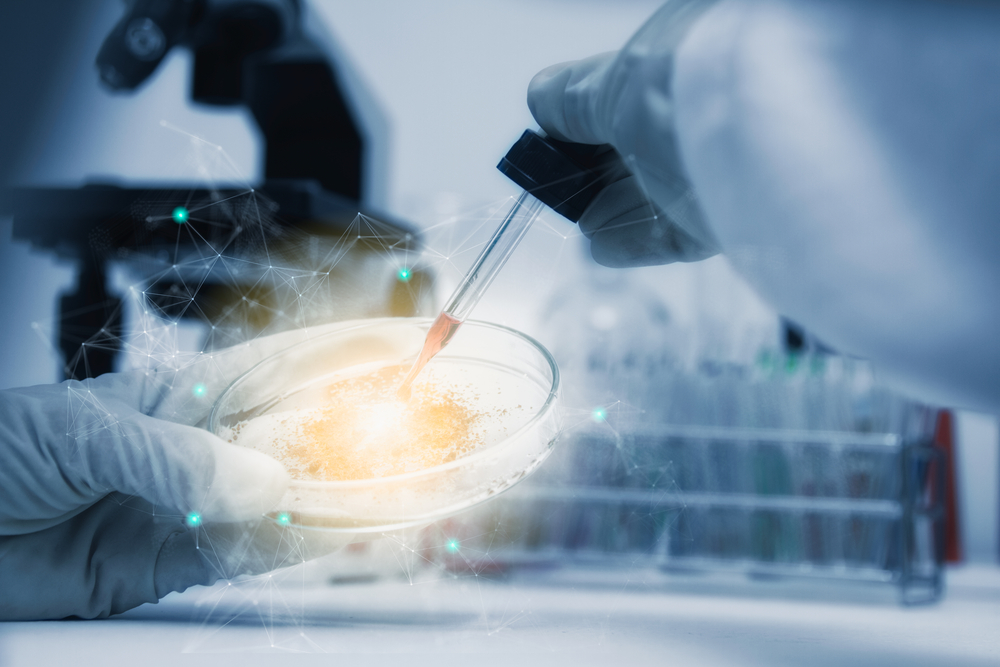
The government’s Intelligence Advanced Research Projects Activity (IARPA) recently awarded a contract to Battelle to develop software to evaluate threats posed by the creation of dangerous organisms through synthetic biology and genetic engineering.
Thanks to recent advances in biotechnology, researchers can synthetically create microbes using raw genetic materials or edit DNA to create modified microorganisms. These advances allow researchers to create microbes that have a variety of beneficial purposes but can also, in rare cases, make harmful pathogens more contagious or virulent. IARPA’s Functional Genomic and Computational Assessment of Threats (Fun GCAT) program aims to counter these potential threats.
“Biotechnology is more accessible than ever, with internet-accessible products and services enabling advances in numerous industries,” Battelle Research Leader Trevor Petrel said. “The exponential growth in capability of genetic engineering as well as accessibility to these biological tools requires that we rethink conventional biosecurity to evolve with the rapid pace of technology. Genetic engineering tasks that previously took weeks and considerable skill to accomplish now require less effort, skill, and technical resources.”
The software Battelle creates under the Fun GCAT contract would use predictive algorithms to assess DNA sequences to determine if the sequence is related to any known organisms, predict the function of unknown sequences and identify a threat level based on the potential for harm. The software would screen genetic sequences before they are synthesized, greatly reducing risk.
Battelle is collaborating with companies that use advanced biosecurity practices including Ginkgo Bioworks, One Codex and Twist Bioscience on the project.
“IARPA’s Fun GCAT program pushes us to expand on innovative techniques in bioinformatics, software engineering, and data analytics,” Principal Investigator Omar P. Tabbaa said. “We’ve assembled top experts from across the biotech industry including statisticians, software developers, biologists, and physicists all working on a problem of great societal impact, all working as a team.”




